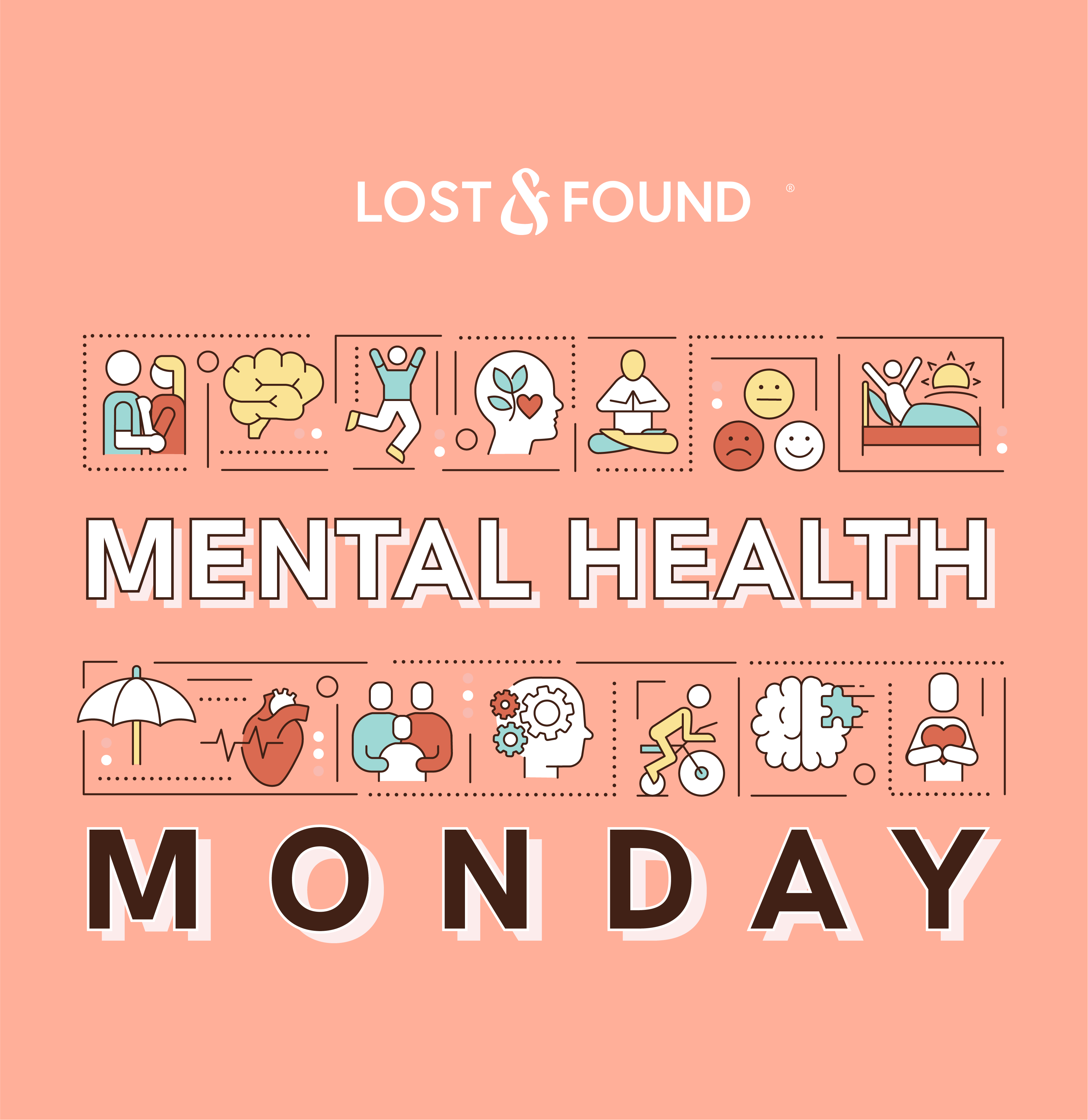Mental Health Monday: Study shows strong link between adverse childhood experiences and risky behaviors, including suicide
This is part of a regular series called Mental Health Monday. Our goal is to share information about mental health trends and research, as well as suggestions for what we can do as individuals and communities to improve the mental health of ourselves and others.
Study shows strong link between adverse childhood experiences and risky behaviors, including suicide
Data from a 2023 survey of U.S. high school students show two troubling findings about this population: First, adverse childhood experiences (ACEs) are common, with about three in four students (76.1%) experiencing one or more ACEs and approximately one in five students (18.5%) experiencing four or more ACEs. Second, students with more ACEs were significantly more likely to engage in risky behaviors. “The strongest associations were observed between experiencing four or more ACEs and attempted suicide, seriously considered attempting suicide, and current prescription opioid misuse,” according to the survey’s authors.
“Adverse Childhood Experiences and Health Conditions and Risk Behaviors Among High School Students — Youth Risk Behavior Survey, United States, 2023” was published by the Centers for Disease Control in their Morbidity and Mortality Weekly Report in October 2024.
The link between ACEs and a long list of risky behaviors and poor health outcomes has been known from previous research, but that research was typically based on surveys of adults, some of whom were asked to remember events from decades prior, or of parents about their children. This 2023 survey also included questions about violence-related ACEs (including physical, sexual, and emotional abuse) that had typically not been included in previous surveys.
The ACEs the survey measured were emotional, physical, and sexual abuse; physical neglect; witnessed intimate partner violence; household substance use; household poor mental health; and incarcerated or detained parent or guardian. The health conditions and risky behaviors measured were violence risk factors, substance use, sexual behaviors, weight and weight perceptions, mental health, and suicidal thoughts and behaviors.
Some of the findings:
- “The most common ACEs were emotional abuse (61.5%), physical abuse (31.8%), and household poor mental health (28.4%).”
- “Students who identified as female; American Indian or Alaska Native; multiracial; or gay or lesbian, bisexual, questioning, or who describe their sexual identity in some other way experienced the highest number of ACEs.”
- “Population-attributable fractions associated with experiencing ACEs were highest for suicide attempts (89.4%), seriously considering attempting suicide (85.4%), and prescription opioid misuse (84.3%).”
Read the full survey findings here.
Let’s do more
- One lesson for those seeking to improve the mental health of adolescents is that many of the factors that lead to poor mental health are out of the sphere of what we’d consider mental health. Improving youth mental health requires a “whole child” approach with people across many sectors working to improve outcomes.
- Another lesson is that what happens in children’s early lives has an outsized influence on the choices they make later—and it’s possible that neither adolescents nor those around them are aware of the connection between current choices and past experiences that were beyond the child’s control. This may help those who work with youth to be more understanding of adolescents who engage in risky behaviors.
- In this, as in many other public health matters, the most effective way to improve outcomes is to focus on prevention. How can we reduce the number of ACEs that children experience? Anything we can do early in a child’s life will make healthier outcomes more likely in the years that follow.

